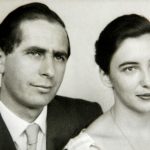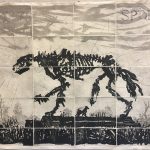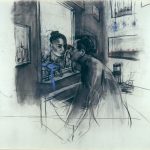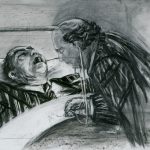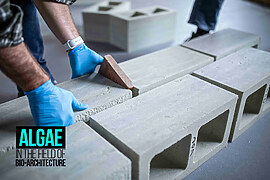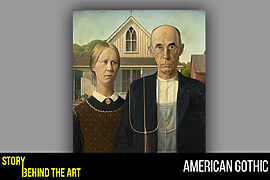Who lies behind William
Born in Johannesburg, South Africa, on 28 April 1955, William Kentridge seemed to be inclined to the arts from a young age. He began practicing with charcoal under an able tutelage. Ever since he was eight years old. His ambitions were supported by his parents, Sydney Kentridge and Felicia Geffen, making up a Jewish Family. They were also amongst the frontrunners during the anti-Apartheid struggles of Africa around that time. His father was a distinguished advocate who played an integral part in the legal profession in South Africa, especially ones related to civil rights and apartheid. His mother was an important figure in South African philanthropy. Due to her active engagement in charity throughout her life, she supported the arts and culture of South Africa. One can thus clearly understand how Kentridge’s art and philosophy have their roots based on his parents’ beliefs. Growing up during tumultuous times around parents who integrated themselves into the politics and cultural domain rubbed off on him. This became a strong base for him to grow his art.
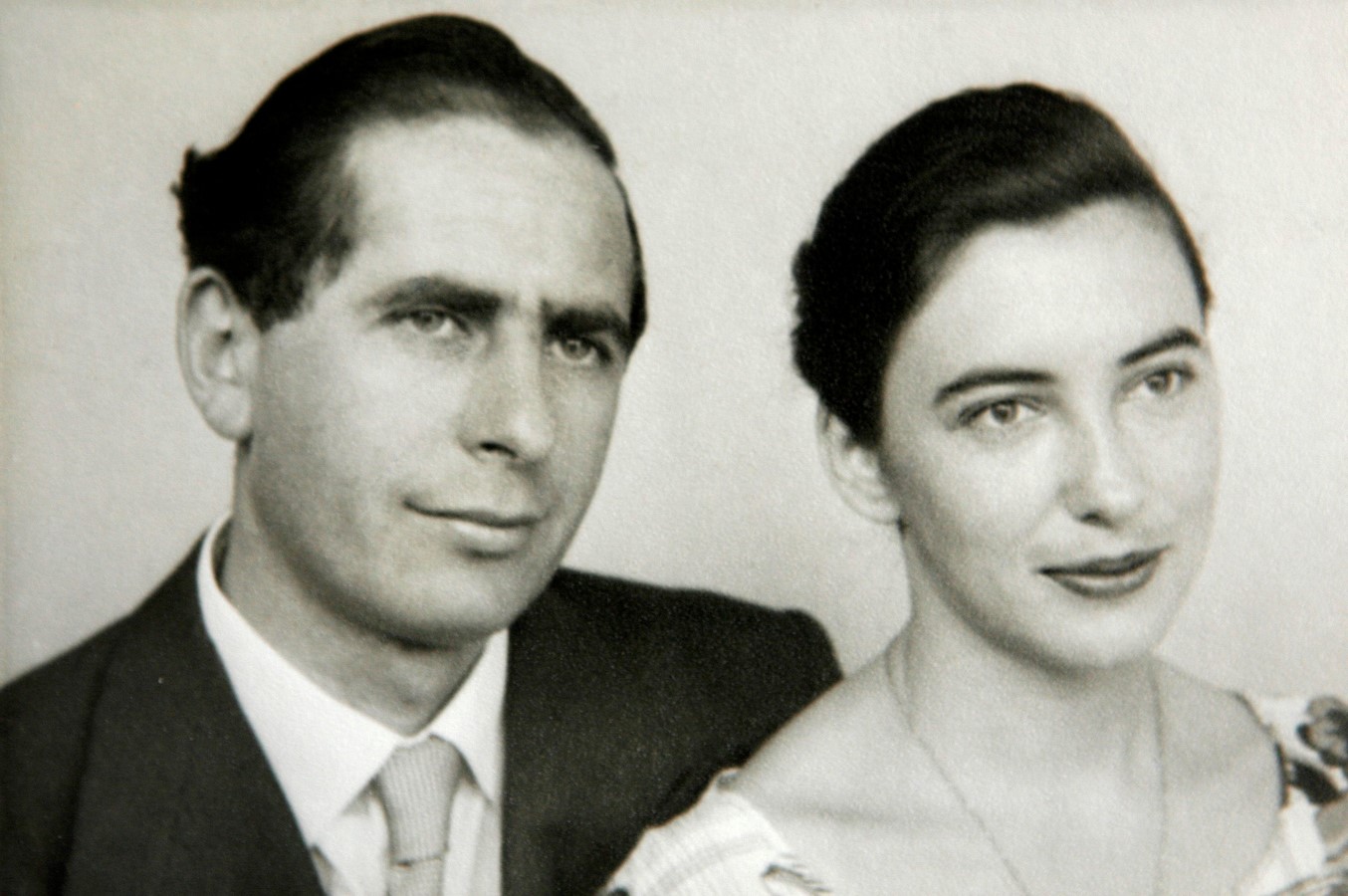
Kentridge and his Art
William Kentridge’s work is described as a powerful and moving fusion of artistic impression and social commentary. His animations visually capture and open the viewers up for intellectual discussion and deep introspection. His work is characterized by multidimensional and multi-medium nature. He is known to have works across various mediums like drawings, films, prints, sculpture, tapestry and even live performances. Through these, Kentridge explores themes of history, identity, memory, politics, and emotional connections. He is perhaps best known for his charcoal animations. According to him, by erasing and drawing over the same sheet, one can see the movement as well as the previous frame in connection to the current one. This allows for an onion-layer effect and the viewer can view the animation as a short film. He also felt great freedom to experiment, make mistakes, and manipulate charcoal as a medium. Often the 7-8 minute animations can take up to 9 months to complete, thus his work spans several months. He judges his work in person as well as through the lens of a camera as that becomes the medium through which the audience can observe his work.
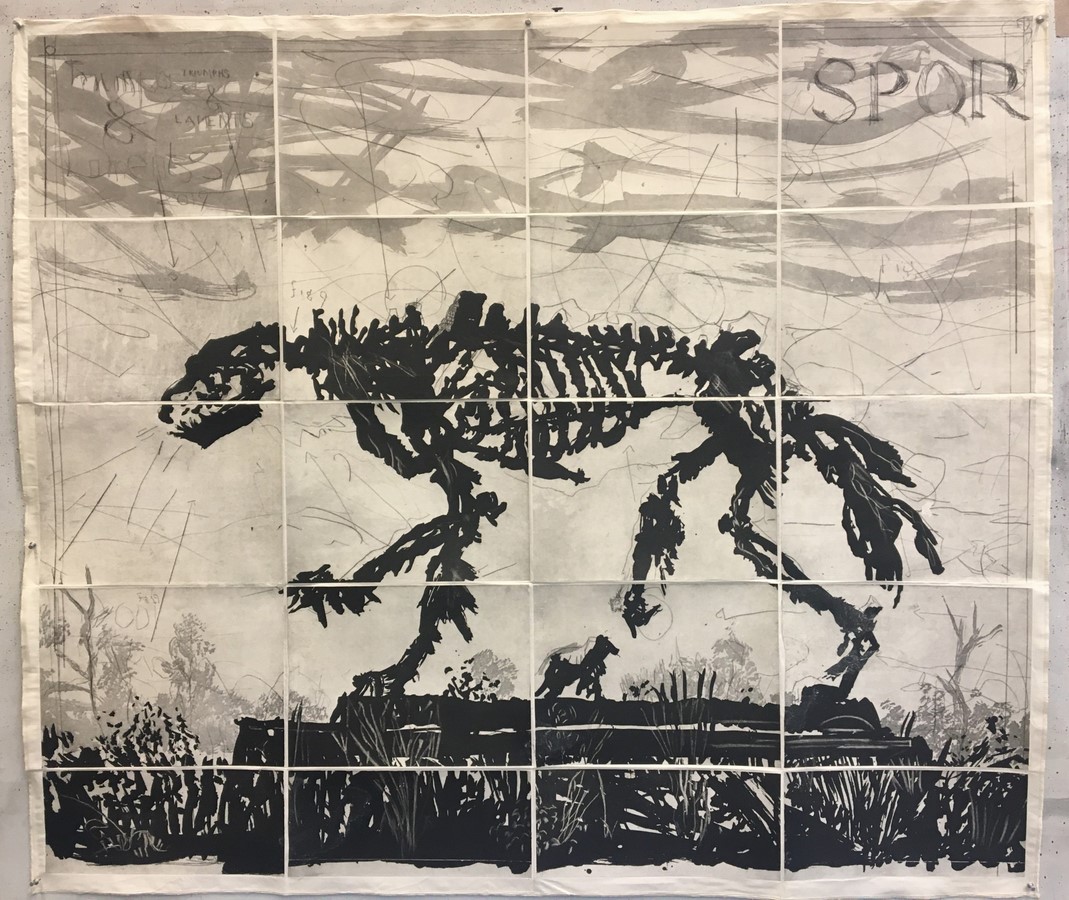
Philosophizing through Art
Most of his animations are powered by social commentary and revolves around human emotions. His series titled, “Drawings for Projections”, are set in derelict landscapes of Johannesberg and its factories and mines, creating a topography of nostalgia and loss. For ex, his work titled “Felix in Exile” shows Nandi, a native African woman drawing these turbulent landscapes while the humane and loving alter ego- Felix Teitelbaum observes them in his hotel room. They meet each other through double sided telescope through a mirror, embracing each other, only for Nandi to be eventually shot. The hotel floods with blue water. While Nandi drawing the landscape could mean preservation of this brutal history as aprt of South Africa’s identity, the flooding symbolizes Felix’s tears over this conundrum and the eventuality of a hopeful rebirth.
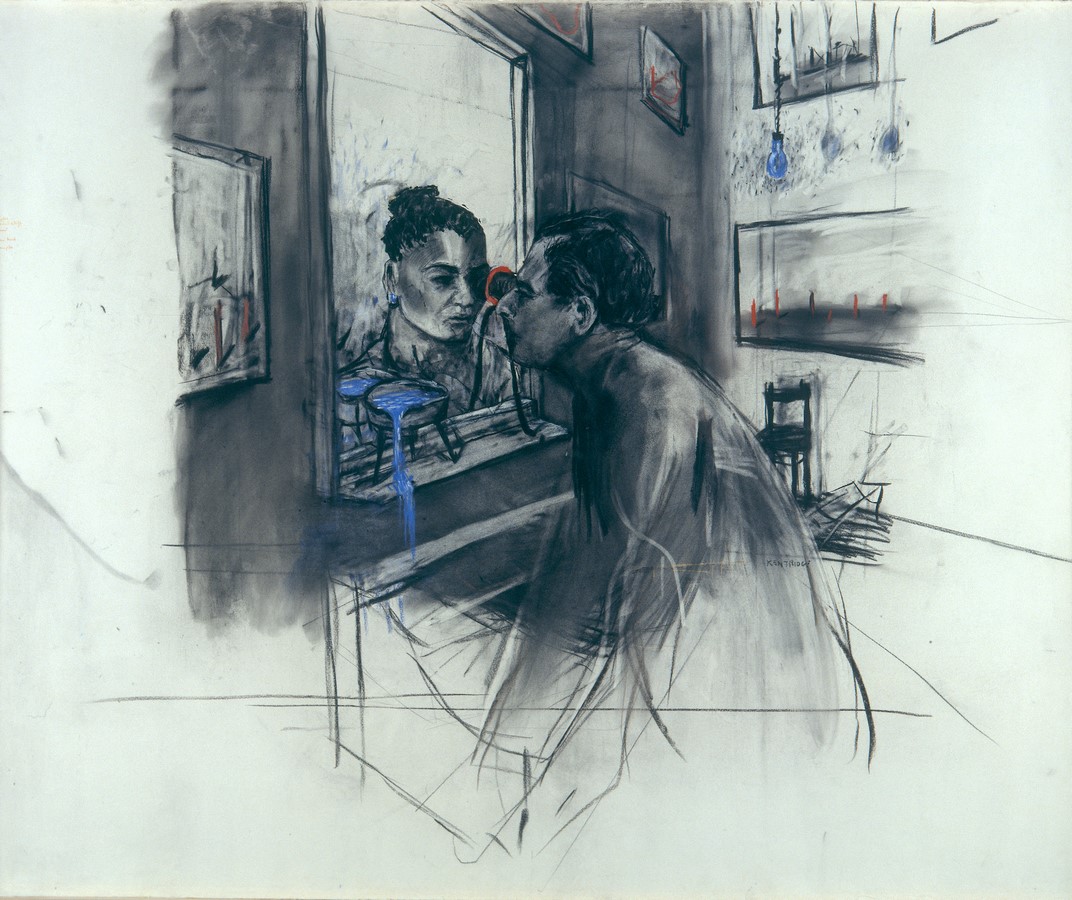
A Common Thread
In his story, “History of the Main Complaint”, we journey into the subconscious of Soho Eckstein, the greedy capitalist. As he lies unconscious in the physical world, we enter into the comatose world where he is driving across the forests of Africa. On the sides of the road, we notice bodies of black Africans. Each time they are attacked, we see the point of impact on Soho’s medical readings. We suddenly crash into a black African man, which leads to Soho waking up from his coma. Whether he has come to terms with his complaints and decided to change is unclear. There is the alternative idea that he woke up to remain the same. Through various erasures on the same canvas, we see markings of previous frames, tying in the idea of layering of memories and nostalgia. The political nature of his work and its connection to the human body and emotion is the prime theme throughout his works.
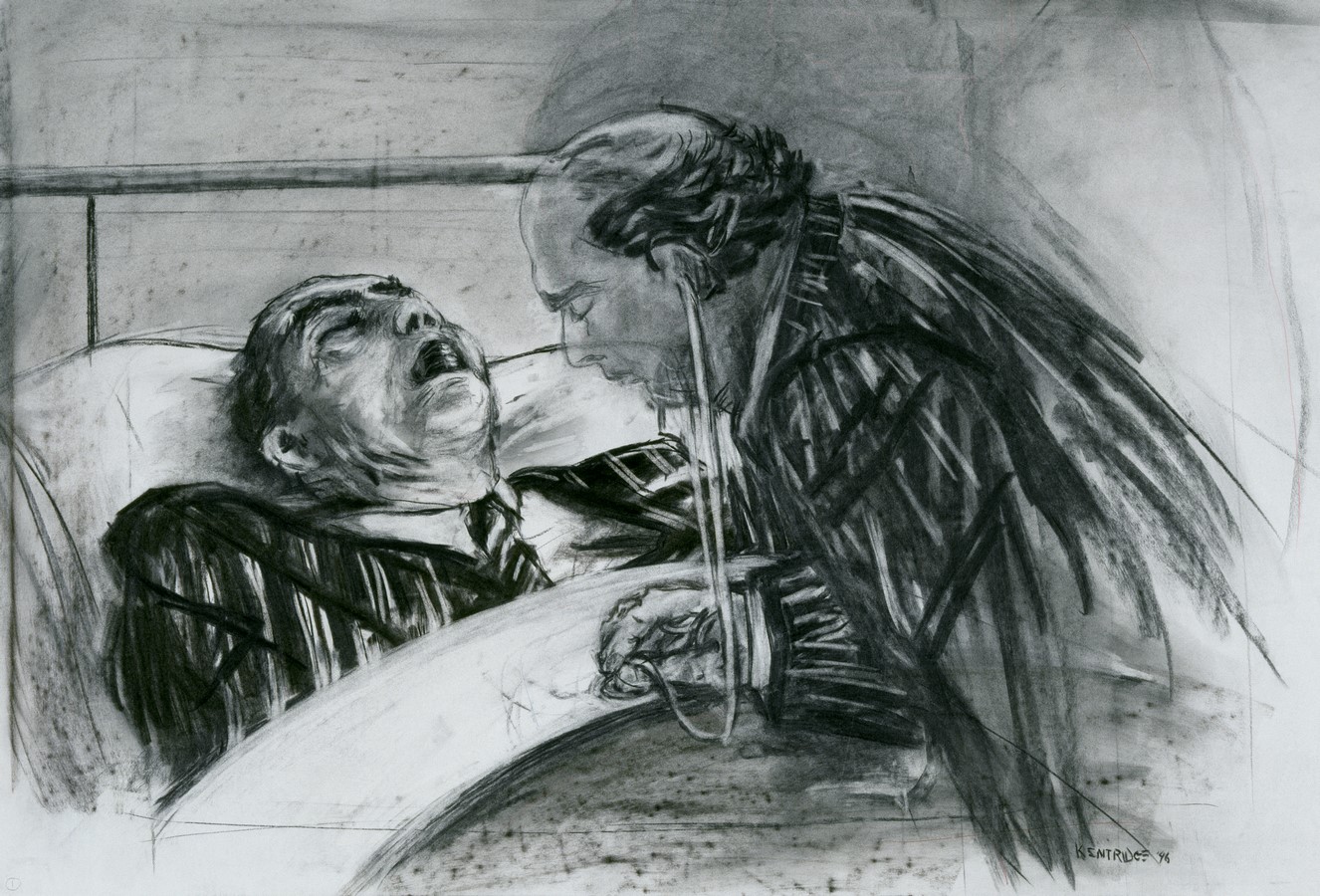
Kentridge’s Work: After
An artist of his caliber will stand the test of time. He has a significant impact on the art world. Just like his parents, he is among the many frontrunners bringing South Africa and its history to the world of art. He is if not the most, one of the few highly influential charcoal artists in the world. He also manages to solidify South Africa and its identity as a whole.Where different cultures of colour might at times be misrepresented or even ignored, he has managed to remain under the art world’s radar. His work is extensively discussed by historicists, critics, and other artists. This will continue to shape discussions around contemporary art, particularly its role in shaping and discussing political matters. His artistic innovations, particularly in the field of art animation, influenced many, especially ones belonging to South Africa. He creates playwrights, operas, films, and stories and thus will continue to inspire those in similar fields of visual arts.

References:
Museum, T. (2018) William Kentridge born 1955, Tate. Available at: https://www.tate.org.uk/art/artists/william-kentridge-2680 (Accessed: 03 September 2023).
McIlleron, A. (2023) Art: William Kentridge, Kentridge.studio. Edited by D. Garstang. Available at: https://www.kentridge.studio/ (Accessed: 03 September 2023).
McIlleron, A. (2021) Art: William Kentridge, Kentridge.studio. Edited by D. Garstang. Available at: https://www.kentridge.studio/projects/ (Accessed: 03 September 2023).








